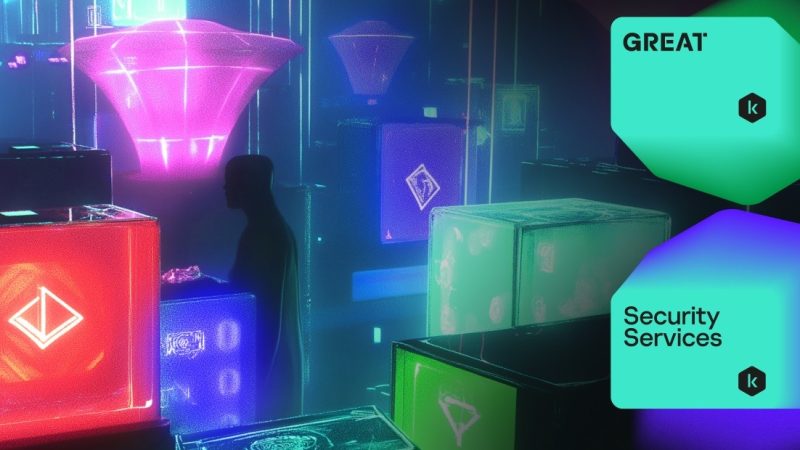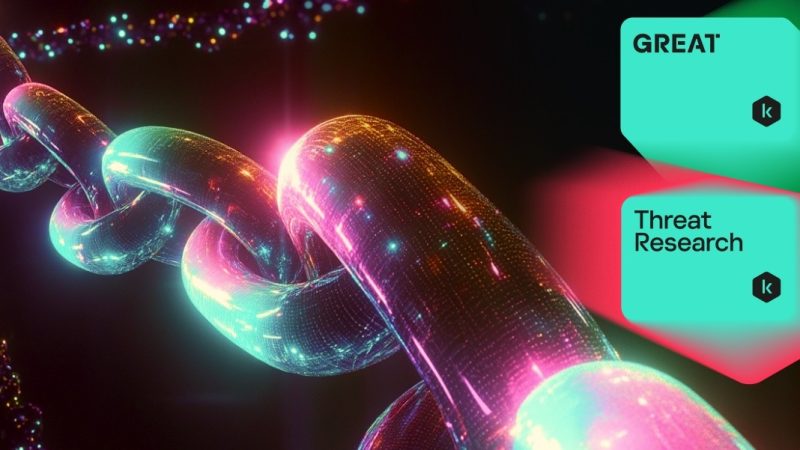
- Kaspersky Security Bulletin 2019. Advanced threat predictions for 2020
- Cybersecurity of connected healthcare 2020: Overview and predictions
- Corporate security prediction 2020
- Cyberthreats to financial institutions 2020: Overview and predictions
It is estimated that data will reach 175 zettabytes worldwide by 2025, up from 1.2 zettabytes in 2010, when 4G was first being deployed globally. 5G is known as the fifth generation cellular network technology. It is expected to be as much as 100 times faster than the present 4G systems, with up to 25 times lower latency or lag time, and as many as one million devices supported within one square kilometer. The foundation of 5G can be summarized in five technologies: millimeter waves, small cell networks, massive MIMO (multiple input multiple output), beamforming, and bytes full duplex.
With the dramatic increase in the amount and transfer speed of connected devices comes a natural expansion and amplification of the threats. The evolution, development and connectivity of numerous systems within 5G opens the door to numerous threats, which can be summarized as follows.
Vulnerabilities of telco services and infrastructure
As 5G innovations spread, more shortcomings and imperfections will show up in 5G gear, customer frameworks and administration by authorities. This could enable an attacker to damage or bring down a telco infrastructure, spy on its clients or divert its traffic. Governments need to set up nationwide capabilities to utilize objective and specialized confirmation techniques to evaluate both 5G adopters and suppliers, to discover faults and stipulate fixes.
User safety and privacy concerns
On the privacy side, matters become more complex. The advent of 5G with its short range will definitely mean more cell communication towers being deployed into commercial centers and buildings. With the right toolset, someone could collect and track the precise location of users. Another issue is that 5G service providers will have extensive access to large amounts of data being sent by user devices, which could show exactly what is happening inside a user’s home and at the very least describe via metadata their living environment, in-house sensors and parameters. Such data could expose a user’s privacy or could be manipulated and misused. Service providers may also consider selling such data to other service companies such as advertisers in an attempt to open up new revenue streams. In some cases, vulnerabilities could cause injuries or ill health, for instance, if a client’s therapeutic gadgets are disconnected and not operational. The potential threats will be even greater when critical infrastructure components such as water and energy equipment are put at risk.
Critical infrastructure expansion and risks
5G will assist in spreading communication to a larger number of geographical areas than at present. It will also equip non-networkable gadgets with remote monitoring and control. However, increasing numbers of connected systems like this will no longer be non-critical infrastructure, expanding our exposure to risk. People are being enticed to adopt convenience and non-stop communications, but the related threats could pose public safety risks.
Action plan
5G is going to have a revolutionary impact on telecommunications because, in addition to the technology itself, it is going to become a basis for other technologies and inventions, giving way to technological advances, particularly in the fields of smart cities, intelligent power grids and defense facilities. It is the next generation of cellular network using the existing 4G LTE in addition to opening up millimeter wave band. 5G will be able to welcome more network-connected devices and considerably increase speeds for all users.
However, as with every major technology, especially while it is evolving, 5G is likely to draw the attention of threat actors looking for opportunities to attack it. We may, for instance, see large-scale DDoS attacks, or challenges in terms of protecting a sophisticated network of connected devices whereby the compromise of one device can lead to a whole network crashing. In addition, 5G is developing technology on top of the previous infrastructure, which means it will inherit the vulnerabilities and misconfigurations of its predecessor.
Furthermore, the communication trust model will not be identical to previous cellular generations. IoT and M2M devices are expected to occupy a greater portion of the network capacity. The interaction of all these devices in the 5G network will likely trigger unprecedented issues in product design and device behavior. Given these fears and the political challenges, encouraging a zero-trust network model and strict product quality compliance would help build trust between the technology adopters and providers.
Government and industry leaders should join forces to promote secure and safe 5G technology projects to enhance the services and quality of life for citizens of smart cities. Furthermore, the communication trust model will be different from previous cellular generations.
IoT and M2M devices are expected to occupy the 5G network bandwidth, and the interlinkage of all these devices in the 5G network will reveal previously unknown problems in the design and behavior of 5G. With regards to such worries and the additional political disputes, adopting a zero-trust network model and strict quality assessment along with compliance would help shape the relationship between the technology adopters and providers.
Hi-tech vendor and governmental structures should join forces to prevent the exploitation of 5G by threat actors and preserve its innovative features for technical progress and improving the quality of living conditions.
5G technology predictions 2020





















Angel Ruiz
Beyond and complementary to Exact Location, can’t the Network be used for Direct health strikes ?
Millimeter microwave, pulsed, polarized and possible to synchronize emissions for local cycle sum on target.